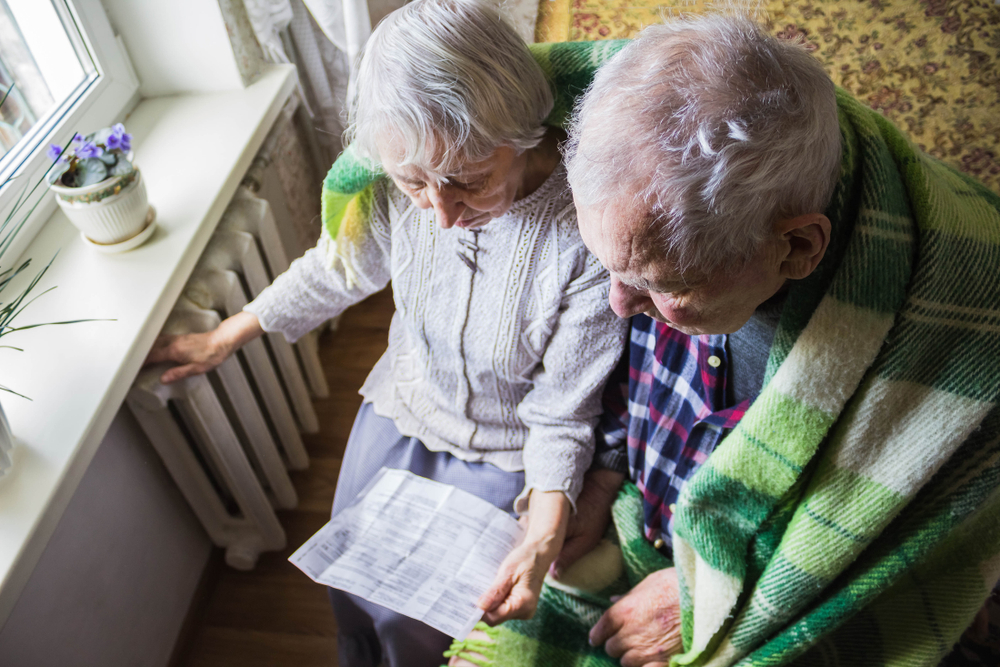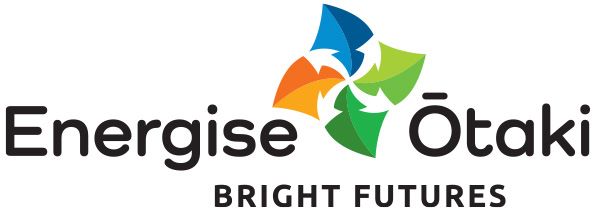This ‘10% threshold’ discussion below has been written by Ian McChesney. Ian is deeply experienced in the community energy sector, having co-founded CEN member CEA in 1994. He was CEA’s representative on the forerunner to CEN (EECN – Energy Efficiency Community Network) and has recently worked with CEN on their response to the Healthy Homes Standards and the Electricity Pricing Review (EPR).
The Government has accepted the EPR recommendation asking for a better definition of energy hardship to be developed so that New Zealand knows how best to provide energy for those who need it most, improving the health of our communities.
In the last 15 years ‘fuel poverty’ – otherwise known as energy hardship – has been variously estimated at anywhere between less than 100,000 to over 400,000 households. See here for a summary of some of the attempts.
The fact that we don’t really know an exact number is a stark indication of the lack of clarity and understanding around this issue and why this has been reflected by piecemeal policies.
No one knows better than the energy service providers in the community energy sector just how incoherent home retrofit funding policies have been over the last 10 years. Household eligibility, fundable measures and subsidised rates have chopped and changed with little apparent rationale. And the result of this is that our most at-risk communities desperately need the Government to deliver on its promise of providing wellbeing through eliminating energy hardship.
For example, the winter fuel payment – with its $450M price tag – is a great initiative for those that need it, but it has been applied with such a broad brush that inevitably questions about focus, effectiveness and sustainability have been raised.
Although the lack of an agreed, durable definition of energy hardship isn’t the sole reason for this situation, the reality is that those of us working in the community energy sector see that this inability to anchor regulatory and funding policies within a coherent and stable policy framework is a significant contributor.
Banishing The ‘10% threshold’ – Ian McChesney
To date the fall-back position adopted widely in New Zealand is to define energy hardship by the 10% threshold. This is where a household that spends over 10% of their income on energy is considered to be in energy hardship.
It’s easy to see how the 10% threshold focus took hold – in 2001 the UK government adopted a formal definition of fuel poverty stating that a fuel poor household is one which ‘needs to spend more than 10% of its income on all fuel use and to heat its home to an adequate standard of warmth’.
However, what is far less well understood is how this ‘definition’ has been consistently misused in Aotearoa and why it is ineffectual as a measure of energy hardship.
Here are four key issues:
- 10% may have been relevant to the UK, but what about New Zealand? The original concept came about in the early 1990s from fuel poverty pioneer Brenda Boardman. Boardman determined that for the 30% of households in the UK with the lowest incomes, fuel costs averaged 10% of their total expenditure. For all households the average was 5%; hence 10% also conformed with a ‘double the average’ rule-of-thumb for indicating vulnerability. Thus in the context of the UK at that time 10% of expenditure was deemed to be an affordability threshold.
Yet seemingly there has been little thought as to whether the basis for setting the 10% applies to our own experience in Aotearoa. Comparable expenditure: income ratios appear to be in the range of 7-8%, raising questions from the start whether the 10% threshold ever had any validity here?
- Required vs actual energy expenditure – the UK definition specified the 10% expenditure threshold as ‘required’ energy, not actual expenditure. Required energy is that needed to maintain a warm, dry and healthy home, taking account of the efficiency of the house and the cost of energy. Yet the required energy can be a far cry from that actually spent by income-poor and constrained households. In 2009 in the UK, the required energy expenditure for the 20% of households with the lowest incomes was 50% higher than actual expenditure. Yet, as commonly used in NZ, the 10% threshold is based on actual expenditure, largely because this data is readily available whereas determining required energy is complex. Therefore, a large number of households that are in real energy hardship because they reduce their energy use and live in energy deprivation, are not counted when actual energy expenditure is used.
- Defining energy hardship by a single threshold is too simplistic – We know from experience when visiting households that a single threshold – in energy hardship or not – just doesn’t do justice to energy hardship realities. For example, setting single thresholds means excluding households that sit just below the threshold line. But for many of these households their energy hardship circumstances are often just as acute.
- The definition is out of date – Tellingly, in 2011, the UK government reviewed the definition of energy hardship, following growing dissatisfaction with the seeming lack of progress towards national fuel poverty goals. It was replaced in England by a low income-high-energy cost definition. Even then, this has not proven to be durable and consultation for a further definition change (to low income- low energy efficiency) was carried out during 2019. In the EU, after much debate, their preferred term ‘energy poverty’ has been given a descriptive definition, and will be assessed by a range of indicators, not just one.
While any one of these issues should be enough to raise serious misgivings about the use of the 10% threshold in New Zealand, with all four combined, it is paramount that we let go of this ‘definition’ for good. That it has endured for so long speaks volumes about the policy ‘catch up’ New Zealand needs to make
CEN comment: By continuing to use the 10% threshold, New Zealand is behind the times and we need to work hard in 2020 to ensure we are achieving the best outcomes for our communities. That’s why we encourage the government to dig deeper to provide a definition that recognises the complexity of energy hardship, will be functional, durable, and useful for establishing effective policy and making the right funding decisions.
Want to learn more? Stay tuned for Ian’s next blog about what a better definition could look like and why CEN advocates for taking a more sophisticated approach to fix this systemic issue.




